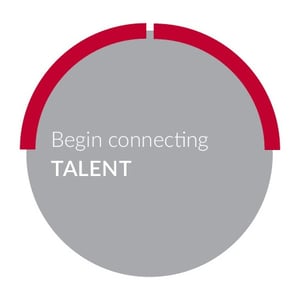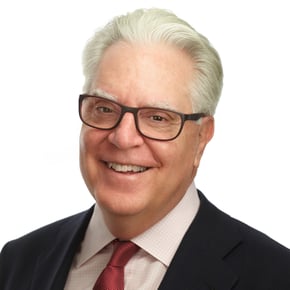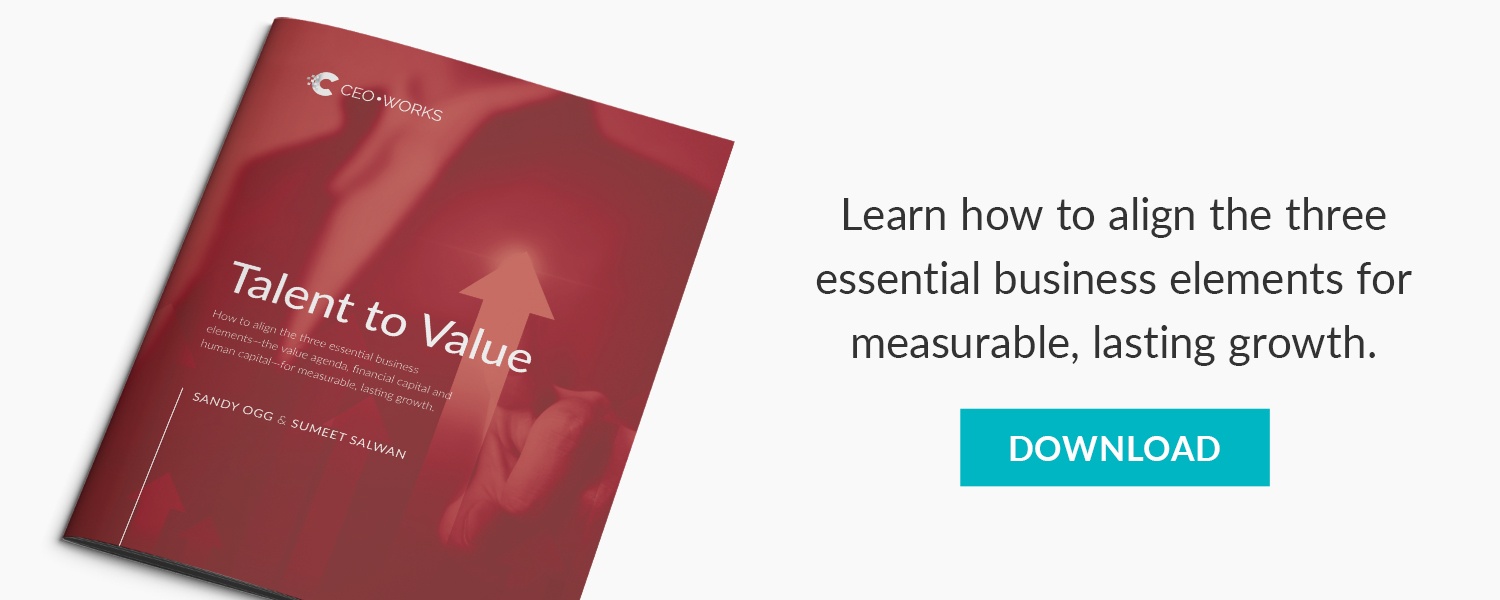Welcome to part three of our five-part series on Connecting Talent to Value.
Now that we've figured out which roles in the organization will deliver on the value agenda it's time to begin filling those critical roles with the right talent. But, before we rush in, we need to carefully examine the processes typically used in a standard talent search because these are no ordinary seats that need to be filled.

Match Talent to the Roles

The rigorous process we used at Blackstone to match talent to roles was evidence-based. We would get as clear a picture as possible of the capabilities of each candidate to fulfill the requirements of a role by looking at them through multiple perspectives. Since no role operates in isolation, we did this for a series of roles at a time.
The evidence we gathered would confirm how well the knowledge, skills, and experience of each person under consideration matched the jobs to be done in a role and their ability to deliver the number we had assigned to it. When the match warranted, we conducted interviews, checked references, scraped the internet, and looked at psychometric test results to assess their confidence, commitment, and motivation.
With this data in hand, we evaluated each candidate and made an initial assessment of their suitability for a role or roles in which we were thinking to place them.
One thing to draw your attention to here; our practices were substantially different in two ways from traditional talent selection. First, instead of starting with a traditional job description, we used a list of the jobs to be done to deliver the value expected. Second, instead of then looking at CVs and profiles to try and match the person with a job description, we reviewed the jobs done well by the candidates that were relevant to the role in question with an eye to matching their past performance with what we wanted them to do for us.
It’s much easier to match talent to roles when we understand the connection between the jobs to be done to deliver the expected value and the relevant jobs done well by the candidates.
Rather than make assumptions about which person would be the right talent for a particular role, we checked the quality of the role•talent™ connection for every possible candidate.
We assessed the capability of the person to do very specific jobs, rather than compare their historical performance in roles to other candidates’ performance of a similar, but not quite the same, role. Suddenly, there was no longer a need to evaluate people as “A”, “B” or (let’s hope not) “C” players. We could simply look at the jobs to be done and the number assigned to each role and go through a straightforward exercise to determine which candidate would give us the best match with that set of jobs to be done, a match most likely to deliver the value.
One thing we learned when assigning people to these critical roles using this process of matching relevant jobs done well with jobs to be done. Top talent was not always the right talent to have in a leadership role on The List. A “top talent” may be seen as a high flyer and may have achieved a relatively high position in the company hierarchy.
We may have identified them as having the potential to contribute even more to the organization as a leader in the future, given additional support and development. But in most cases, the “right talent” already had the set of experiences, skills, and attributes to make the exact contribution we needed them to make today—and tomorrow—without the need for further development.
No science experiments here. This is neither the time nor the place for talent development. Use other roles that are not on The List for that purpose.
Before we get too far ahead, we need to Factor in the Role•Talent Risk which I'll discuss in the next post in this series.


